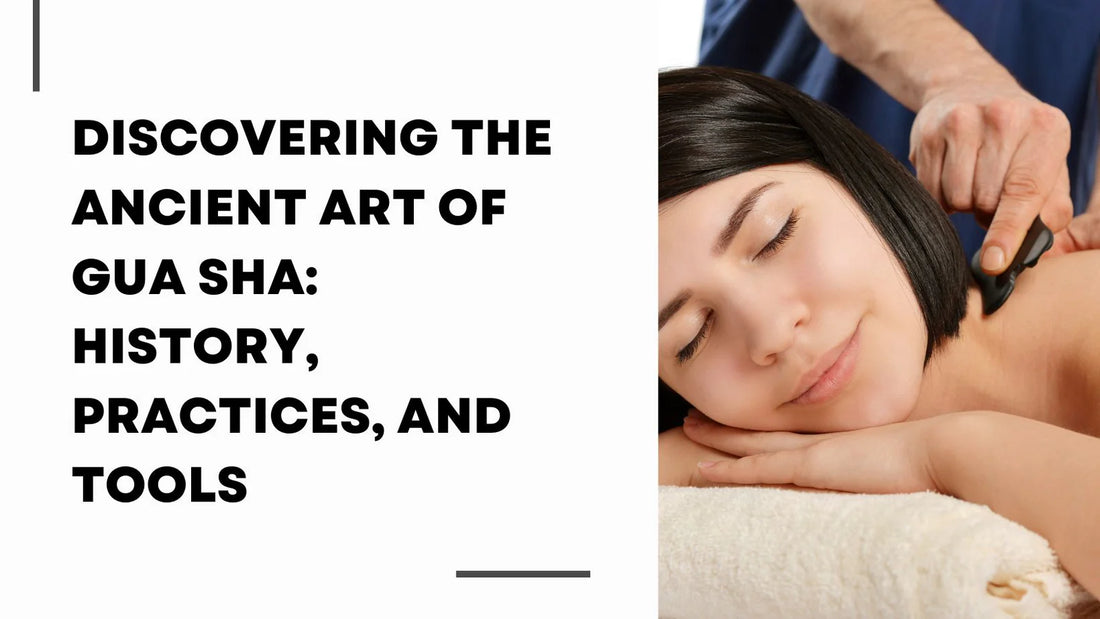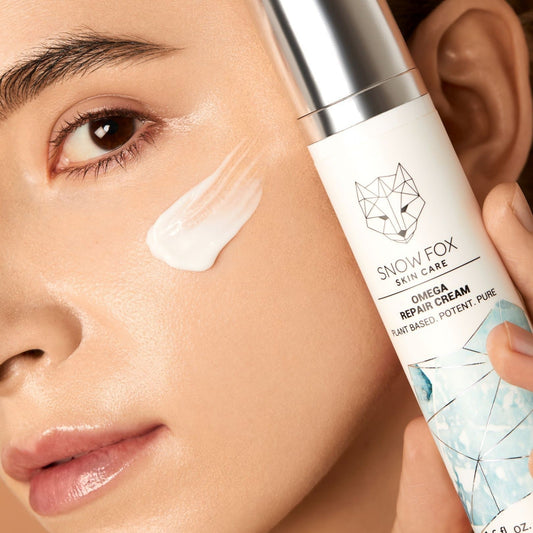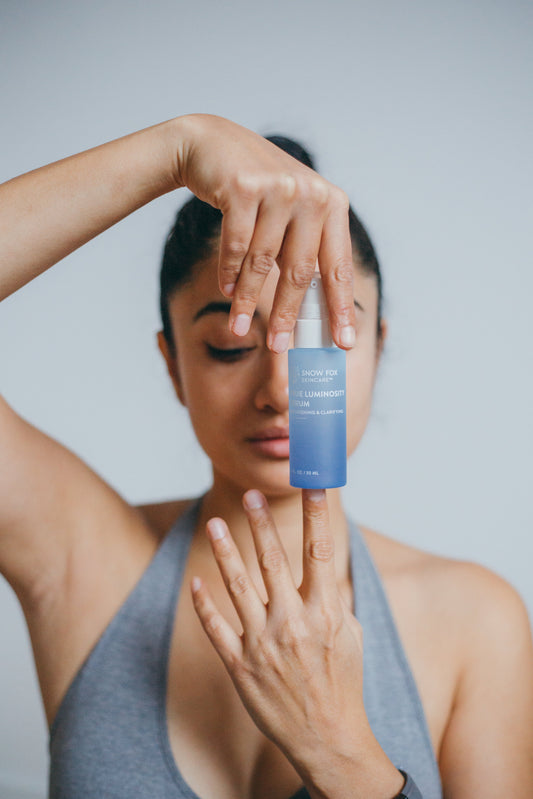Gua Sha, an ancient Chinese healing technique, has surged in popularity for its profound health and beauty benefits. Rooted in traditional Chinese medicine, Gua Sha involves scraping the skin with a smooth-edged tool to stimulate blood flow and promote wellness. This practice, often referred to as "scraping therapy," dates back over 2,000 years and remains a cornerstone of holistic health practices. The term "Gua Sha" comes from 刮痧, translated from traditional Mandarin Chinese.
Understanding the Meaning of Gua Sha (刮痧)
The term 刮痧 (guā shā) can be broken down into two parts:
- 刮 (guā): This means "to scrape."
- 痧 (shā): This refers to the red or purple rash that appears on the skin after the scraping process, often indicative of stagnant blood and qi being released.
Together, 刮痧 (guā shā) means "scraping sand" or "scraping bruises," referring to the technique of scraping the skin to promote healing and the marks that result from the process. Modern Gua Sha techniques, however, focus more on lymphatic drainage, anxiety reduction, and muscle tension release. This shift towards gentler methods is likely due to the preference of many younger Asian clients to avoid visible bruising, especially in professional settings.
The Rich History of Gua Sha
Originating during the Ming Dynasty, Gua Sha was traditionally used to address various ailments, from muscle pain to chronic illnesses. Practitioners believed that by scraping the skin, they could release stagnant blood and energy, allowing the body to heal naturally. The technique spread throughout Asia and evolved into various forms adapted by different cultures.
Exploring Gua Sha Practices
Gua Sha encompasses a range of techniques and tools, each designed to target specific areas of the body. The core principle remains consistent: using a tool to apply pressure and create friction on the skin. Here are some common forms and tools associated with Gua Sha:
Facial Gua Sha
This gentle technique uses smaller, smooth-edged tools made from jade, rose quartz, or other stones to massage the face. It helps reduce puffiness, improve circulation, drain facial lymphatic nodes, and promote a healthy glow.
Body Gua Sha
Larger tools with a more robust edge are used to scrape the back, neck, and limbs. This practice aims to alleviate muscle tension, improve circulation, and stimulate or drain lymph nodes around the body. Traditional practices involved creating "scrape lines" under the skin, but modern therapists often avoid causing tissue damage.
Scalp Gua Sha
Specialized brush and scalp tools, like our 24K gold-plated needled Gua Sha brushes with curved round point tips, effectively scrape along the scalp to stimulate cranial reflexology points and the scalp skin. This form of Gua Sha promotes blood flow, hair growth, scalp revitalization, and tension relief, making it beneficial for anxiety, migraines, and headaches.
Tools of the Trade
Gua Sha tools come in various shapes and materials, each suited to different applications. Common materials include jade, rose quartz, bian stone, and stainless steel. The choice of tool often depends on the area being treated and the desired intensity of the treatment.
- Jade, Porcelain, Ceramic, and Crystal Tools: Popular for facial Gua Sha, these stones are believed to have cooling properties and are gentle on the skin. Porcelain Gua Sha tools have a smoother glide and do not require oiling.
- Bian or Hot Stone/Obsidian Tools: Used for body Gua Sha, bian stone is known for its healing properties and effectiveness in deeper tissue work. Basalt stones also double as heated stones, and obsidian is another excellent option when warmed.
- Metal Tools: Typically made from stainless steel, these are heavy, durable, and often used in professional settings for body Gua Sha.
- Specialized Brushes: Our brushes, with their meticulously carved round point tips, are ideal for scalp Gua Sha. They combine the traditional scraping technique with modern design to enhance scalp health and hair growth.
Embracing the Tradition
Whether you're a seasoned Gua Sha enthusiast or a curious newcomer, understanding the history and practices of this ancient health technique shows genuine appreciation and respect for its cultural roots.
Remember, Gua Sha tools today are not just implements—they are a modern evolution of a centuries-old practice, tailored to meet contemporary lifestyles while honoring the tradition's rich heritage. Incorporate Gua Sha into your wellness routine to experience the timeless benefits of this traditional therapy.






